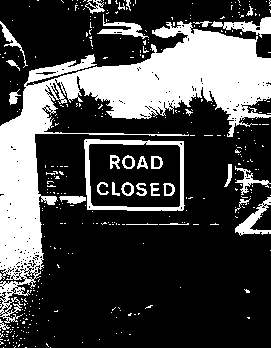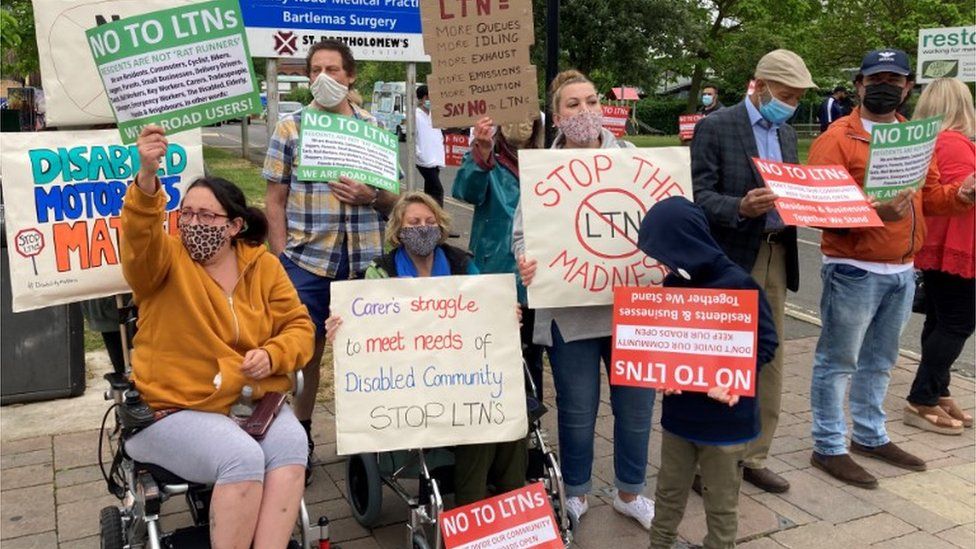Duncan Enright - Oxfordshire County Council
on Oxfords Contentious LTN's
In recent months there has been a lot in the news about local-traffic neighbourhoods, or LTNs. The Government has promoted such schemes as a way of making our roads safer, reducing through traffic on residential roads, and encouraging people to walk and cycle more. However some have found them to be a source of frustration, slowing journeys and limiting access. Accusations fly about whether they increase traffic and delays on main roads nearby; some see them as a welcome respite from motors and others as the source of jams. But what is an LTN?
Many of us live in LTNs without thinking about it
The answer is not simple as no two LTNs are the same (just as no two streets are the same). A way to think of them is a combination of traffic reducing measures, which might include speed reductions, chicanes and road closures (whether physical, with bollards or planters; or signs enforced by cameras), which overall reduce the impact of cars and lorries on our lives. Many of us live in LTNs without thinking about it. A cul-de-sac is low in traffic apart from residents and visitors. Pretty much all modern developments since the 1950s have been designed with a main road, often with road humps or tight bends or cars parked on it to keep speeds low, and with most houses on side roads. That’s a purpose-built calmed traffic environment.

If you look at roads off the main Iffley Road in Oxford, for example, those who live on the western side on roads like Warwick Street are effectively in an LTN. Those to the east have far higher traffic levels as people use roads like Aston Street to cut through towards Cowley Road.
road closures are inconvenient
As I speak to people with a wide range of opinions on LTNs, I find we share a lot more in common than it seems. Everyone wants safer, healthier streets. Nobody likes the air pollution caused by cars or the dangers posed by fast traffic. Most people would like to walk and cycle more, and comfortably. Nobody likes waiting for taxis or deliveries or carers or tradespeople, or wants to see them loaded with more cost and time-consuming journeys. Anyone who drives for a living and needs to get around quickly will find road closures inconvenient, even if they like the fact their kids are safer playing out or going to school.
put things right, and achieve some quiet time
What we need to do in Oxford is work together on something that works for us all. It is useful to look at what happens in other parts of the country and the world, but I firmly believe that we will get this right by talking and listening to each other here in Oxfordshire. That’s why, along with my colleagues, I am having conversations with my fellow councillors, with bus and taxi firms, with community groups and residents, with visitors and businesses. These conversations will continue, and will become easier as we put things right, and achieve some quiet time, all of us, away from traffic jams and fumes.






